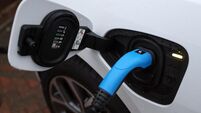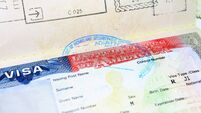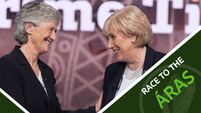Oliver Mangan: Feeling of calm persists on currency markets for now

It has been generally confined to a $1.04-$1.16 trading band since early 2015. One of the reasons for this is that the expected series of rate hikes by the US Federal Reserve over the course of 2015/16 did not materialise.
Meanwhile, the ECB has pursued a very loose monetary stance in the past two years. As a result, with both US and eurozone rates staying very low, the EUR/USD pair has been quite range bound.
















